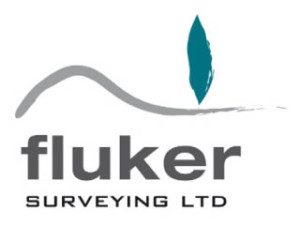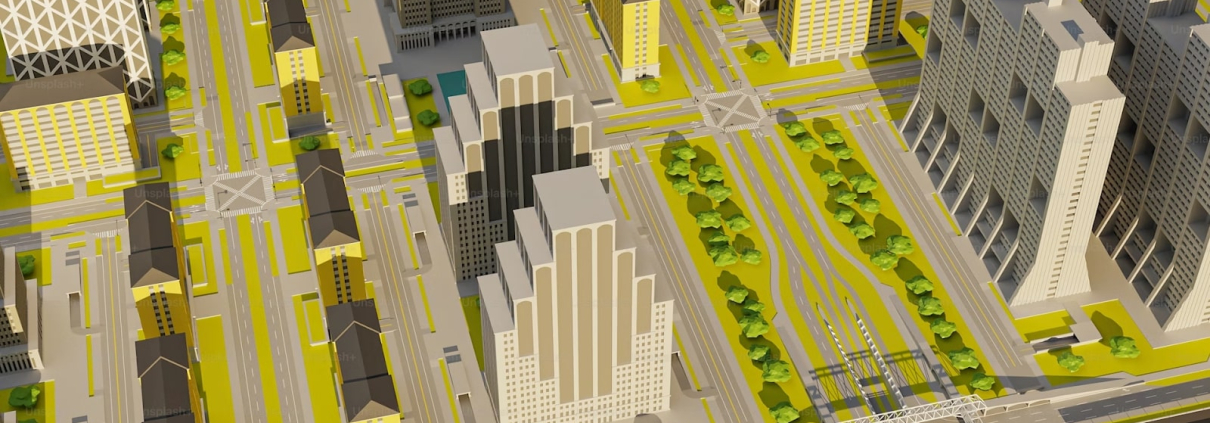Sustainable Land Development Design Plans for the 21st Century
As the 21st century presents growing challenges such as climate change, urban expansion, and resource conservation, the need for sustainable land development has never been more critical. Designing land development plans that balance environmental sustainability, community needs, and economic viability is essential in today’s world.
But what exactly makes a land development design plan sustainable? Read this guide to gain valuable insights into creating forward-thinking and environmentally responsible land development design plans.
What is Sustainable Land Development?
Sustainable land development aims to reduce environmental impact while maximising community and economic benefits. This involves preserving green spaces, promoting efficient land use, integrating renewable energy, and preparing for climate risks like floods and heatwaves. For instance, mixed-use zoning helps reduce urban sprawl, while renewable energy systems make communities more self-sufficient.
Key Features of a Sustainable Land Development Design Plan
Low-Impact Development (LID) Practices
Low-impact designs help mitigate environmental damage, protect ecosystems, and improve resilience against flooding—critical for a nation prone to heavy rainfall and extreme weather.
- In areas like Auckland, where heavy rainfall can lead to urban flooding, LID practices reduce water runoff and prevent infrastructure stress.
- Use permeable pavements, rain gardens, and vegetative swales to manage stormwater naturally. Studies show that permeable surfaces reduce stormwater runoff by up to 70%, improving water quality and recharging aquifers.
Energy-Efficient Building Design
Buildings in New Zealand account for approximately 20% of carbon emissions which makes energy efficiency a key area for improvement. Energy-efficient designs lower greenhouse gas emissions, reduce reliance on non-renewable energy, and cut long-term costs for occupants.
Incorporate solar panels, passive solar heating, and energy-efficient insulation in residential and commercial projects to minimise energy use.
Climate-Resilient Infrastructure
Climate change poses significant risks to infrastructure. Climate-resilient designs protect investments, safeguard communities, and reduce long-term recovery costs from natural disasters. Sustainable plans should include strategies like:
- Building homes and infrastructure to withstand rising sea levels, earthquakes, and extreme weather.
- Using permeable pavements to reduce flooding.
- Incorporating shading and ventilation to reduce urban heat.
Efficient Land Use and Smart Urban Planning
Effective land use planning is the foundation of sustainable development. It ensures food security, reduces environmental degradation, and minimises infrastructure costs. Focus on higher-density housing to reduce urban sprawl and protect farmland and other greenfield areas for agricultural use.
Mixed-Use, Walkable Communities
Mixed-use communities foster connectivity, reduce car dependency, and create vibrant, livable spaces. These communities support inclusivity by incorporating affordable housing options and pedestrian-friendly designs that accommodate people of all ages and abilities. Develop neighbourhoods with accessible amenities, public transportation, and shared green spaces to encourage healthier lifestyles and reduce transport-related emissions.
Preservation of Native Biodiversity
Preserving native biodiversity is essential for sustainable land development in New Zealand, where many ecosystems are unique and highly vulnerable. Developers can protect and enhance biodiversity by conserving wetlands and forests, restoring degraded ecosystems, and creating green corridors to connect fragmented habitats.
Beyond ecological benefits, biodiversity preservation aligns with New Zealand’s cultural and economic priorities. It supports Māori principles of kaitiakitanga (guardianship) by protecting species and landscapes with spiritual and cultural significance.
With New Zealand’s high extinction rates and regulatory requirements like the Resource Management Act, embedding biodiversity preservation into development projects is not just an ethical responsibility but a crucial step for creating a sustainable future.
Challenges in Creating Sustainable Land Development Design Plans in New Zealand
Sustainable design often requires advanced materials, renewable energy systems, and innovative infrastructure, all of which can increase upfront costs. Moreover, despite the push for more compact, mixed-use urban developments, local communities often resist higher-density housing due to concerns about overcrowding, reduced property values, or changes to neighbourhood character. This resistance can delay approvals and complicate the implementation of sustainable plans.
Developers and builders often face significant challenges navigating the complexities of the Resource Management Act (RMA) and other environmental regulations. The process of conducting thorough environmental impact assessments, obtaining necessary consents, and complying with strict land-use planning policies can create delays and add bureaucratic hurdles to projects. These challenges can be daunting, especially for developers unfamiliar with the intricacies of planning frameworks or those working on projects in sensitive areas.
Fluker Surveying can provide expert guidance to streamline this process. By offering precise land surveys, expert planning advice, and assistance with compliance documentation, Fluker Surveying ensures that projects move forward efficiently while meeting all regulatory requirements. Our in-depth knowledge of local and national planning laws helps developers identify potential risks early, navigate consent processes smoothly, and avoid costly delays—allowing builders to focus on delivering successful, sustainable projects.
Create Sustainable Land Development Design Plans with Fluker Surveying
Sustainable land development is no longer a luxury concept—it’s a necessity for tackling today’s environmental challenges. At Fluker Surveying, we specialise in integrating sustainability into every aspect of your land development design plans. Our expert team provides tailored solutions for urban planning and land development, addressing the unique challenges and opportunities of each site.
If you want to create a sustainable land development engineering design, you can contact us at 09-427-0003.



